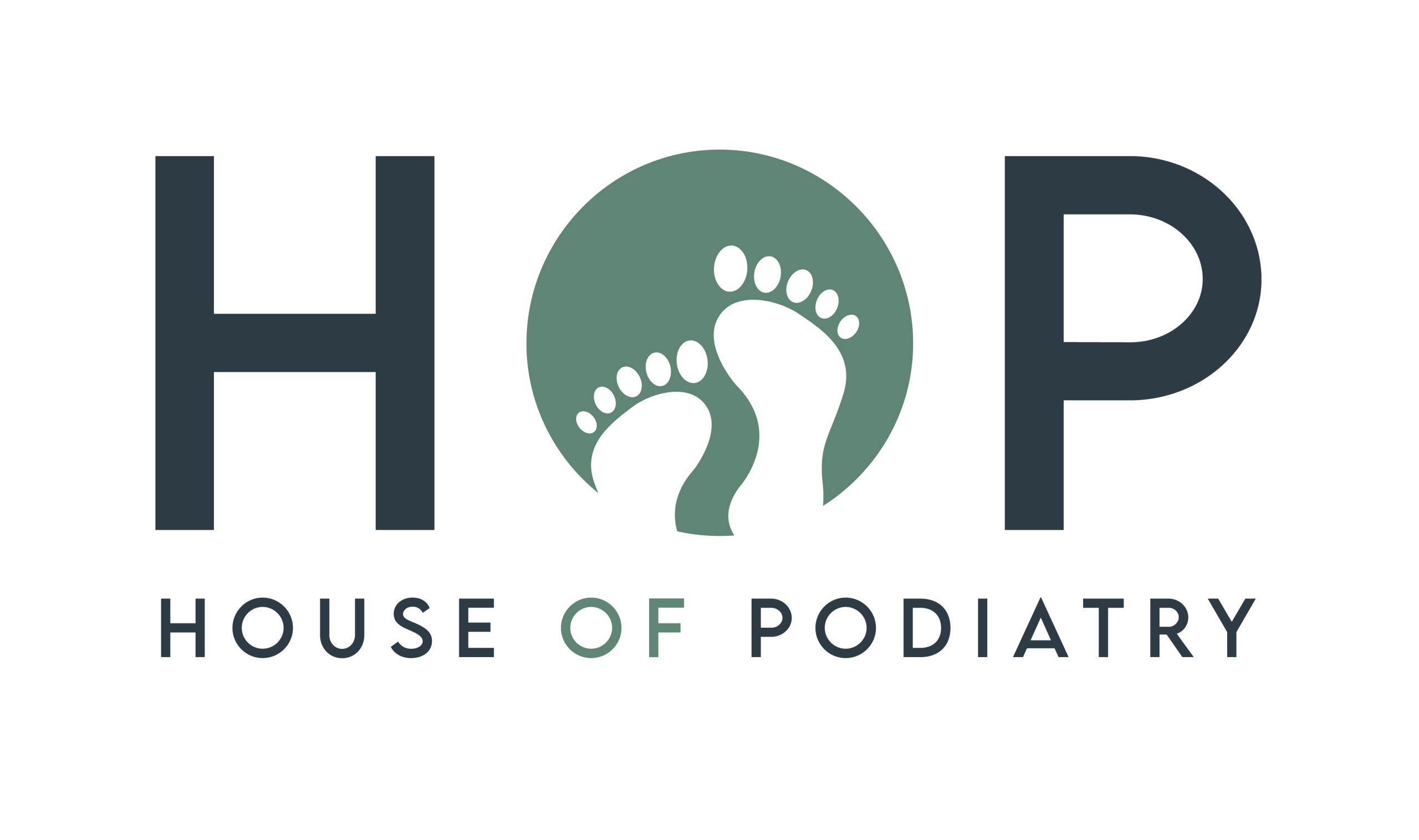You will find answers to commonly asked questions on this page. If you find that you have a question that doesn’t have an answer below, please get in touch and we will get back to you with an answer as soon as possible.
Our Frequently Asked Questions
Do I need a referral?
No, we are a private practice so you can simply book an appointment and no referral is required.
What do I need to bring to my first appointment?
If you are booked in for a routine appointment we require just yourself and a list of medication that you are currently taking.
If you need a biomechanical assessment or have foot pain, please bring the shoes you are most active in.
Is free parking available?
There is free parking on Cambridge Road for 1 hour directly outside the practice clinic as well as free parking for 2 hours on Maud Road.
How can I book an appointment?
To book an appointment, simply call us on 01305 262498, or fill in the form available on our website and we will contact you. Alternatively you can send us a message via our facebook page or email us directly at dorsetpodiatry@hotmail.com
Can I claim the cost of podiatry treatment on my health insurance?
Yes, most health insurance companies will allow you to do this but please do check with your provider first. If required, we will provide you with a receipt to allow you to claim back your treatment costs.
Do you have gift vouchers available?
Yes, we have gift vouchers available to purchase in the clinic.
What's the difference between a Chiropodist and a Podiatrist?
In the UK podiatry is simply the new name for chiropody. The name was changed to podiatry in 1993 as it’s the international recognised name for a foot specialist, and also as it’s slightly more appropriate as ‘podiatry’ refers to the modern medical approach encompassing, medical practises, biomechanics, orthotics, and foot surgery.
It’s not just the name that has changed though. Podiatry is a constantly evolving profession, the extensive training given to students over the 3 or 4 years of their full time course and the continuing education after graduation enable Podiatrists to treat a vast array of foot and lower limb problems. Along with the most obvious treatments for corns and hard skin, specialties exist within the profession for almost any lower limb problem.
Who should see a Podiatrist/Chiropodist?
At Cambridge House, we see patients of all ages, young children, teenagers, working people and more senior people. We also see people for sports related problems and injuries.
9 out of 10 people experience foot problems in their lifetime. The foot is an amazing structure, but like all great designs has some important structural requirements that if go unsupported for long lengths of time, will start to cause problems.
So see a podiatrist before problems start. Bring your children to start treatments as early as possible. Get advice from your podiatrist about family history of foot problems and how they affect you (e.g. crossed over toes, bunions, flat feet etc.)
Remember, you get two sets of teeth and only one pair of feet for a lifetime.
What about Diabetes?
Many people with diabetes have no problems with their feet and with good care and common sense precautions they can continue to enjoy good foot health.
However an annual check up with a podiatrist is good practise to ensure that all remains well.
Diabetes is a disease that is divided into two distinct types:
- Type 1 is where insulin injections are used to control blood sugars
- Type 2 which is controlled by diet only or medication
Both types of Diabetes can have serious effects on the feet and the management of the Diabetic foot is an important part of podiatrists work.
People with diabetes need to constantly examine their feet as diabetes is the number one cause of non-traumatic amputation. Please note that for patients with diabetes, approximately 15 percent will suffer foot ulcers in their lifetime. To help avoid this diabetic patients must constantly check their feet.
Painful foot conditions like an ingrown toenail generally cause people to quickly seek medical attention before infection sets in. If there is diabetes and loss of sensation there may not be the warning signs of pain. Waiting too long for treatment can be dangerous.
